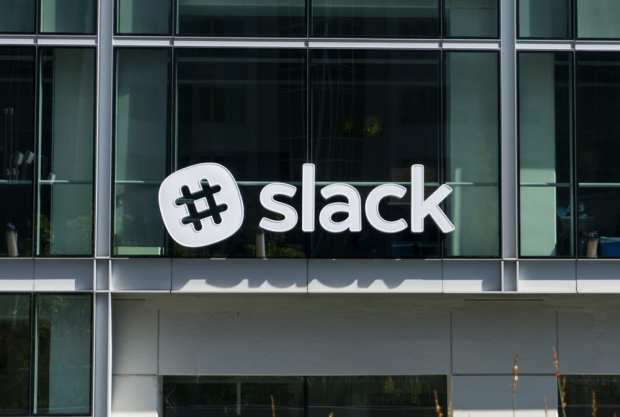Will Slack’s Direct IPO Be A Direct Hit With The Street?

For the stock market, 2018 seems so rear view mirror, among the worst years in a decade.
As of this writing the tech-heavy NASDAQ Composite Index is up 11.5 percent. The broader S&P 500 Stock Index is up 8.8 percent. And suddenly, perhaps, it seems that all will march higher in the wake of reported progress amid trade wars and earnings reports from banks and others touting the resilience of consumer spending, among other trends.
Generally speaking, when stocks are on the rise, and interest rates are on the rise, private companies want to tap the public markets. The thinking goes — again, speaking generally — that now is as a good a time as any to use stock as currency, to help fill the corporate coffers a bit, rather than tap debt as an instrument that may ultimately prove expensive to service sooner (if it is variable rate debt) or later (if it is fixed but rolls over into higher interest rates).
For tech companies, volatility has reigned, in a world where Apple and other juggernauts have endured company-specific investor worries amid slowing iPhone sales (Apple, of course) and data privacy issues (Facebook).
And yet: A spate of tech giants are coming to market, or have signaled intent to do so. Among those marquee names: Uber, Lyft, Airbnb. And of course, there’s Slack.
In the case of Slack, reports came yesterday that the messaging service company that focuses on businesses is seeking a direct listing. If it does so, there are a number of differences afoot than are seen with a traditional IPO. Chief among those differences: The initial shares are not sold through intermediaries that would include banks and brokers. Instead the company would sell directly to the end shareholders (hence the “direct” in “direct listing”). By doing this, the company avoids the fees that are associated with such intermediaries, which can run into the millions of dollars.
Thus the rarity of the direct listing model.
Just as the banks would not get money (as they are not part of the underwriting process), neither would Slack, it seems. (It should be noted here, though, that banks can and do pocket fees for acting as advisers, as Morgan Stanley and Goldman Sachs did when acting in that capacity for Spotify.)
Slack would come public at a valuation of at least the recently reported $7 billion, as tied to a $427 million capital raise that came in August — and now has hundreds of millions of dollars on its balance sheet and thus does not need the funding that comes through the underwritten IPO model.
Against that backdrop, the direct listing model would also forgo the “set” price that is announced the day before the listing commences. And no new shares are created, which means that current holders sell their pre-existing holdings (or at least some of their holdings). The thinking is that the marketplace will “discover” the real price of the shares more quickly than might be seen with the traditional IPO model.
If and when Slack does actually come public, the holders likely will not have lockup periods. Might we assume that investors — that is, early insiders — who already hold shares, could see big profits even if they sell into a market that ultimately heads south? One other wild card is the fact that IPOs lagged during the government shutdown (yes, the SEC was closed) and might do so again, if a shutdown happens again beginning in mid-month.
The stage is set, then, to see if Slack’s IPO — and the direct model — debuts into a market taut with excitement, or slack.
